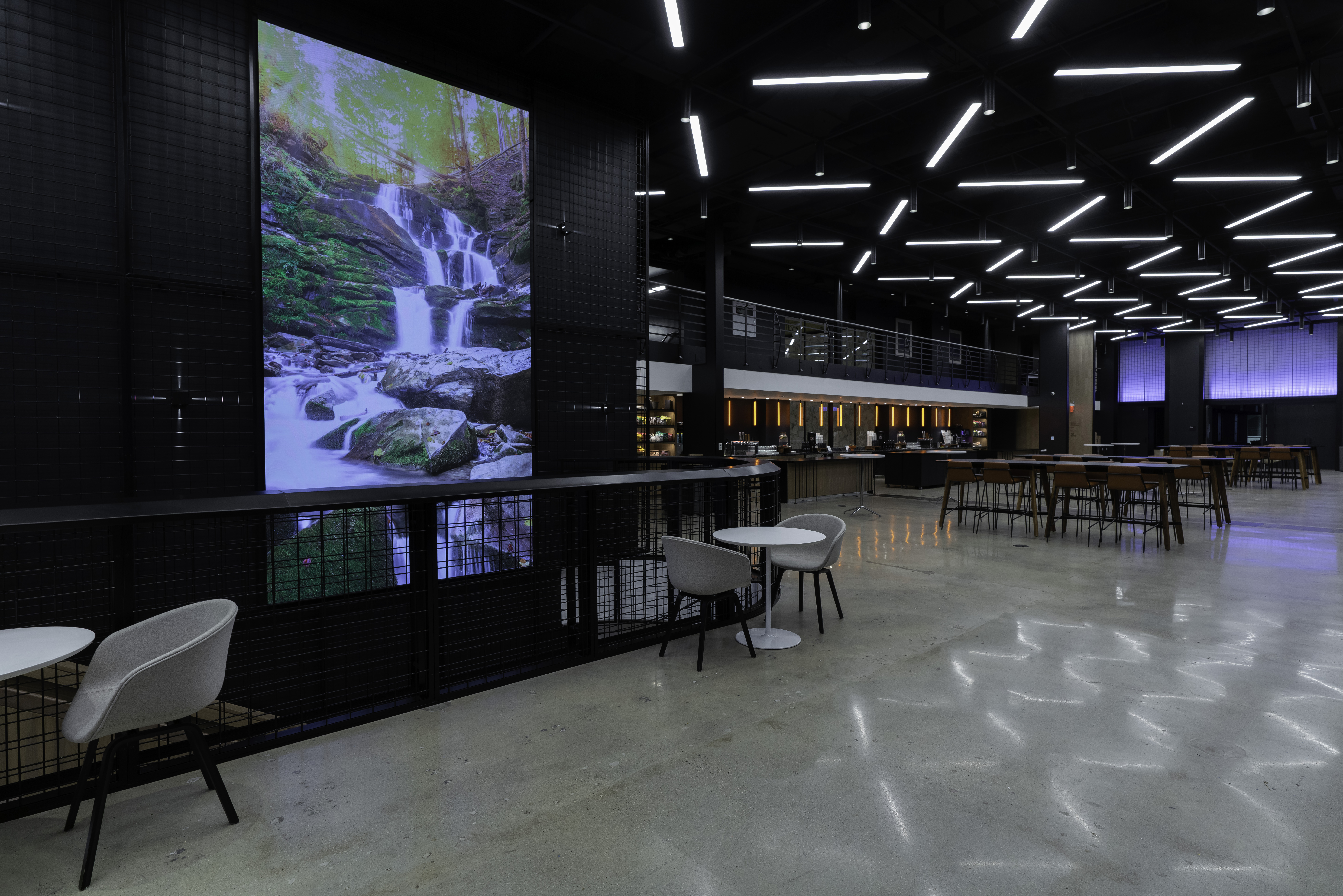Maximizing Visual Effect Through Tactical Material Scheduling in LED Wall Execution
Wiki Article
Maximizing aesthetic impact throughout light-emitting diode wall shows requires meticulous planning and strategic content scheduling. LED walls represent powerful tools for visual storytelling, often utilized during musical events, gatherings, and presentations. The effectiveness of these displays depends not only on the quality of the visuals yet additionally on how and when they are presented. By comprehending the viewers' focus duration and the flow of the event, organizers can create a more engaging experience that captivates viewers and enhances the overall performance.
One key aspect of tactical visual timing is scheduling. It is essential to align the images to the rhythm and pace of the performance. For example, in the course of a musical show, visuals should complement the beat and mood of the music. This synchronization aids to create a cohesive experience that draws the audience in. Additionally, it is important to consider the duration of each visual clip. Brief, striking segments can maintain audience interest, while longer visuals may be suitable for moments of reflection or emotional connection. By varying the length and intensity of the images, event planners can maintain the viewers interested during the show.

Another important element is the material in question. The visuals displayed on the LED wall should be pertinent to the concept of the show. This relevance helps to reinforce the narrative being communicated plus renders the encounter more memorable for the audience. For example, if the performance is about environmental consciousness, using images that illustrate the environment and animals can enhance the message. Furthermore, incorporating lively elements, such as animations or interactive graphics, can add thrill and maintain the viewers' focus. The appropriate material, shown at the right time, can significantly elevate the impact of the performance.
Viewer engagement is also a crucial consideration in content scheduling. Understanding the demographics and preferences of the viewers can inform the choice of images. For instance, a youthful crowd may react better to bright hues and fast-paced motion graphics, while an mature audience might appreciate more subtle and sophisticated visuals. By tailoring the content to the audience's interests, event planners can craft a more tailored encounter that connects with spectators. Additionally, adding viewer involvement, such as real-time surveys or media engagements, can additionally improve involvement and render the show click this site more engaging.
Finally, assessing the efficacy of the visual timing is crucial for upcoming shows. Gathering feedback from the audience can offer insightful information into what was effective successfully plus what could be enhanced. This information can help organizers refine their strategies and make informed decisions for upcoming events. By continuously assessing and modifying the visual timing strategy, event planners can amplify the aesthetic effect of light-emitting diode wall performances and create unforgettable experiences for their viewers.